Advertisement
The Great Depression: Key Facts and Insights
Advertisement
The Great Depression, which started with the stock market crash of 1929 and ended around 1942 when President Franklin D. Roosevelt declared war on Japan, is known as the most severe financial crisis in U.S. history. Many wonder if the U.S. government could have prevented it. Some argue that President Herbert Hoover’s lack of action, coupled with excessive stock market speculation, looming drought conditions in the Midwest, and isolationist policies from former President Calvin Coolidge, contributed to making the Depression longer and more severe.
The Stock Market Crash of 1929
The crash of 1929, also known as Black Tuesday, was caused by an overvalued and overbought stock market and an imbalance in supply and demand. In just two days, the market plummeted by nearly 25%. By 1932, the Dow Jones hit rock bottom at 41.22. It took President Roosevelt’s New Deal programs and America's involvement in World War II to finally pull the country out of the economic slump, a process that took more than a decade to achieve.
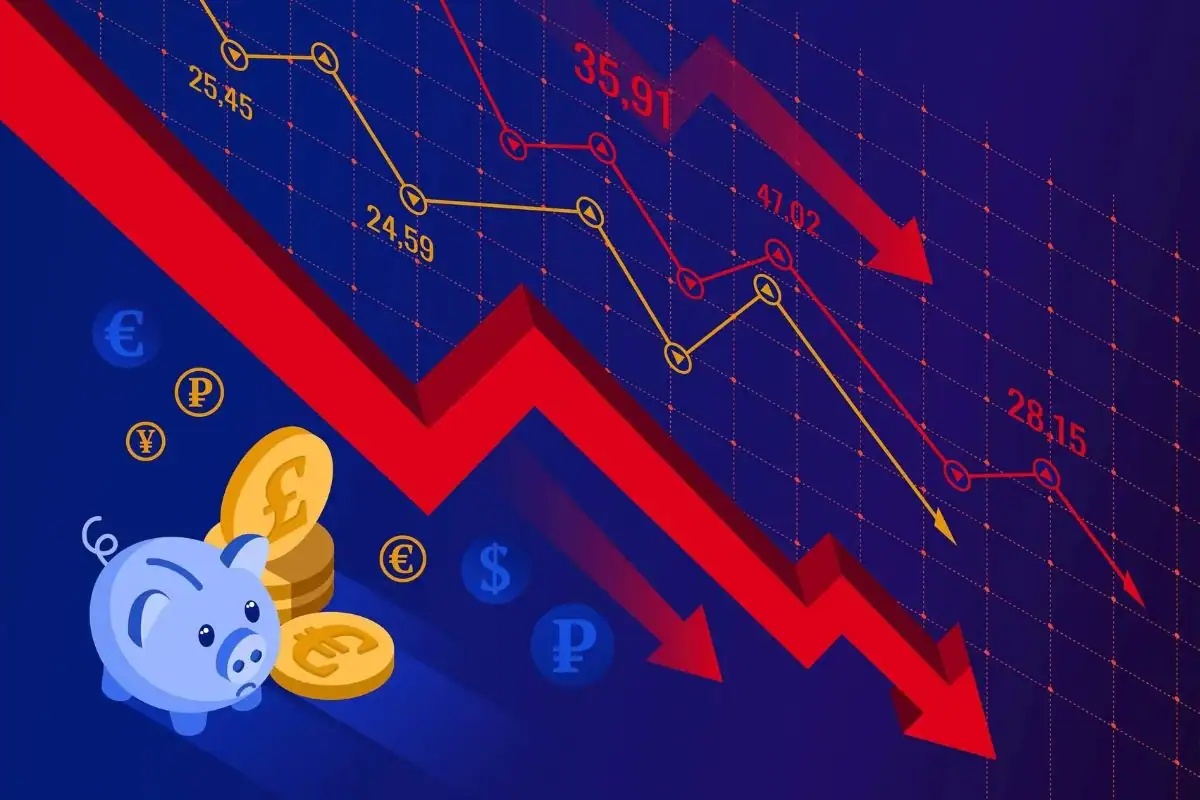
Advertisement
Why the Market Crashed
The rapid economic boom of the 1920s led to widespread stock market speculation. Buying stocks on margin became a common practice, where people paid only part of the stock price upfront and borrowed the rest from brokers or banks. By the late 1920s, too many products flooded the market. Companies were forced to sell at huge losses when demand dwindled, causing a significant drop in stock values. With many shares bought on borrowed money and no cash to back them up, mass liquidation of portfolios sent the market spiraling downward.
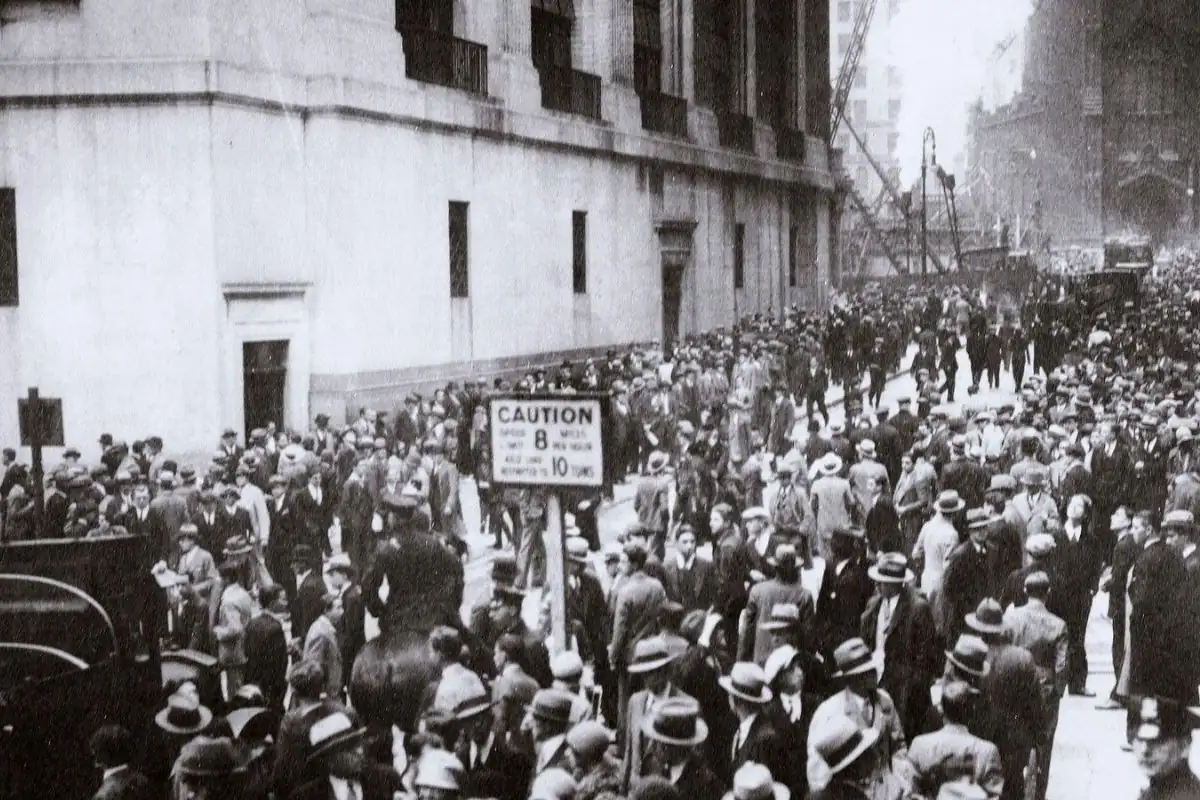
Advertisement
Immediate Consequences of the Crash
On October 29, 1929, the U.S. faced Black Tuesday—the day the market collapsed. Within three years, stocks were worth just 20% of their 1929 value. By 1933, nearly half of the U.S. banks had closed, and over 15 million people were jobless. At the time, there were no laws for unemployment benefits, forcing people to rely on churches, the Salvation Army, and other charities for food and shelter. Soup kitchens, breadlines, and flophouses became part of everyday life for millions.
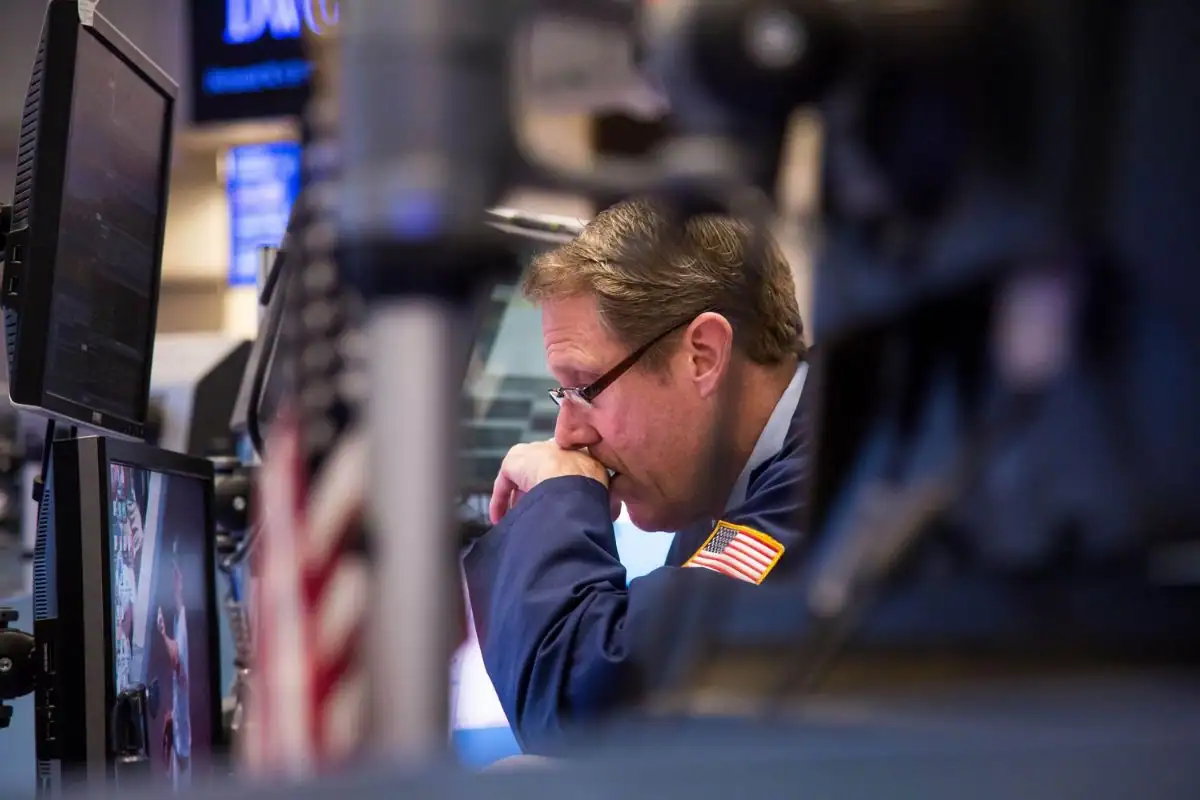
Advertisement
Impact on Germany in the 1930s
The Great Depression didn’t just affect the U.S.; it had worldwide consequences. In Germany, it led to a severe economic crisis, creating fertile ground for Adolf Hitler’s rise to power. With a 30% unemployment rate, Hitler blamed the Social Democratic Party and used the public’s frustration to gain support. Although he lost the presidential election in 1932, he quickly gathered a strong following in the Reichstag and officially became the dictator in 1935.
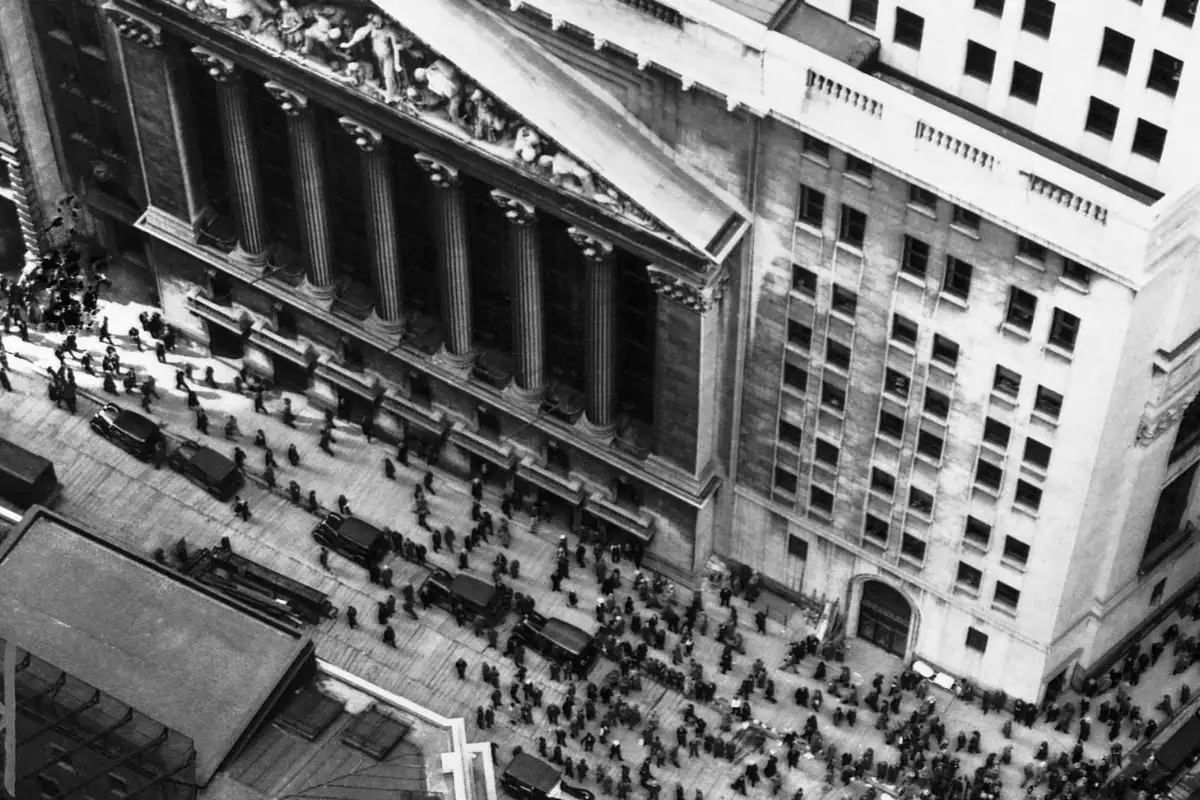
Advertisement
The Election of FDR in 1933
In January 1933, Franklin Delano Roosevelt took office and immediately started the New Deal programs to revive the economy. These programs aimed to boost demand for products, provide jobs to the unemployed, and increase government spending. The Emergency Banking Actallowed stable banks to reopen under the Treasury’s supervision, and FDR also offered federal loans to keep things moving. The Securities Act of 1933and the Securities Exchange Act of 1934, which eventually led to the creation of the U.S. Securities and Exchange Commission (SEC), were introduced to prevent future stock market crashes.
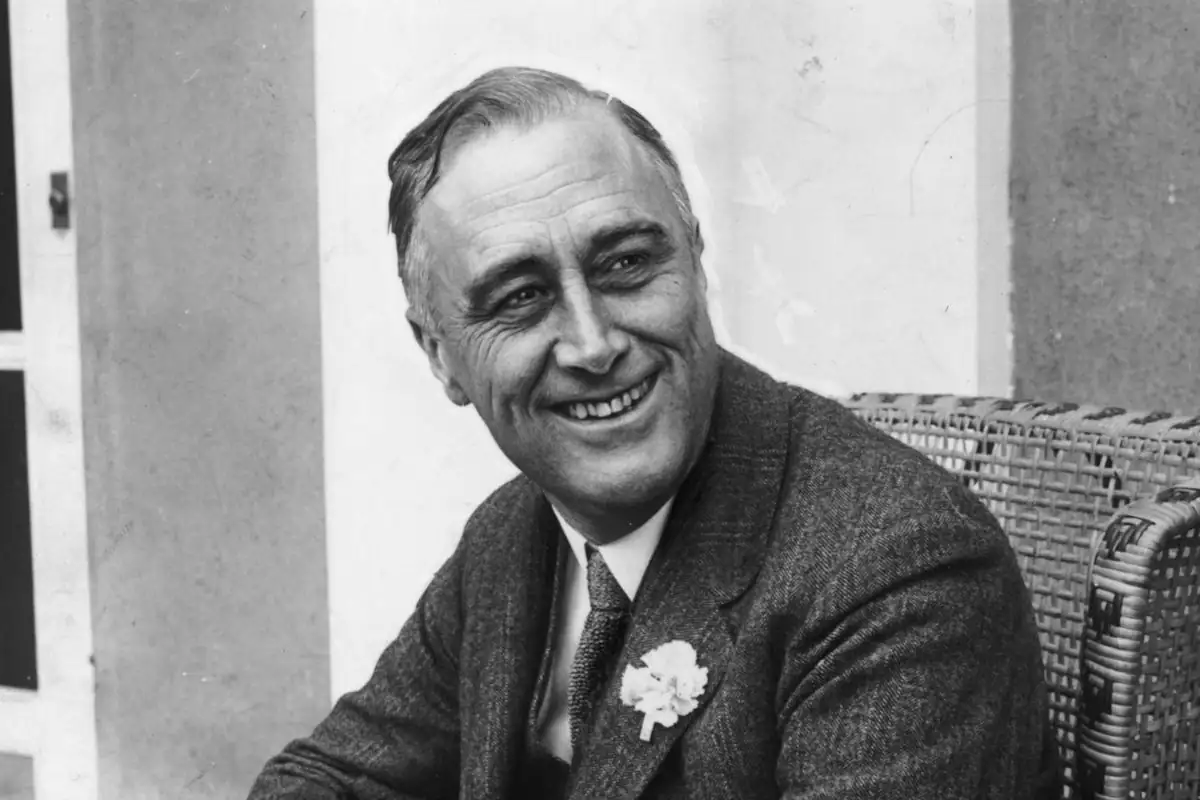
Advertisement
The Dust Bowl: A Severe Drought in the Great Plains
The Great Plains were hit hard by years of over-farming and wind erosion, which, combined with a severe drought, turned the area into what was known as the Dust Bowl. Strong winds swept through, creating huge black dust clouds that traveled as far as Washington D.C. and New York City. Over 100 million acres of once-fertile farmland were affected, especially in the Oklahoma and Texas panhandles. Crops like wheat and corn failed, making life incredibly difficult for farmers and their families.
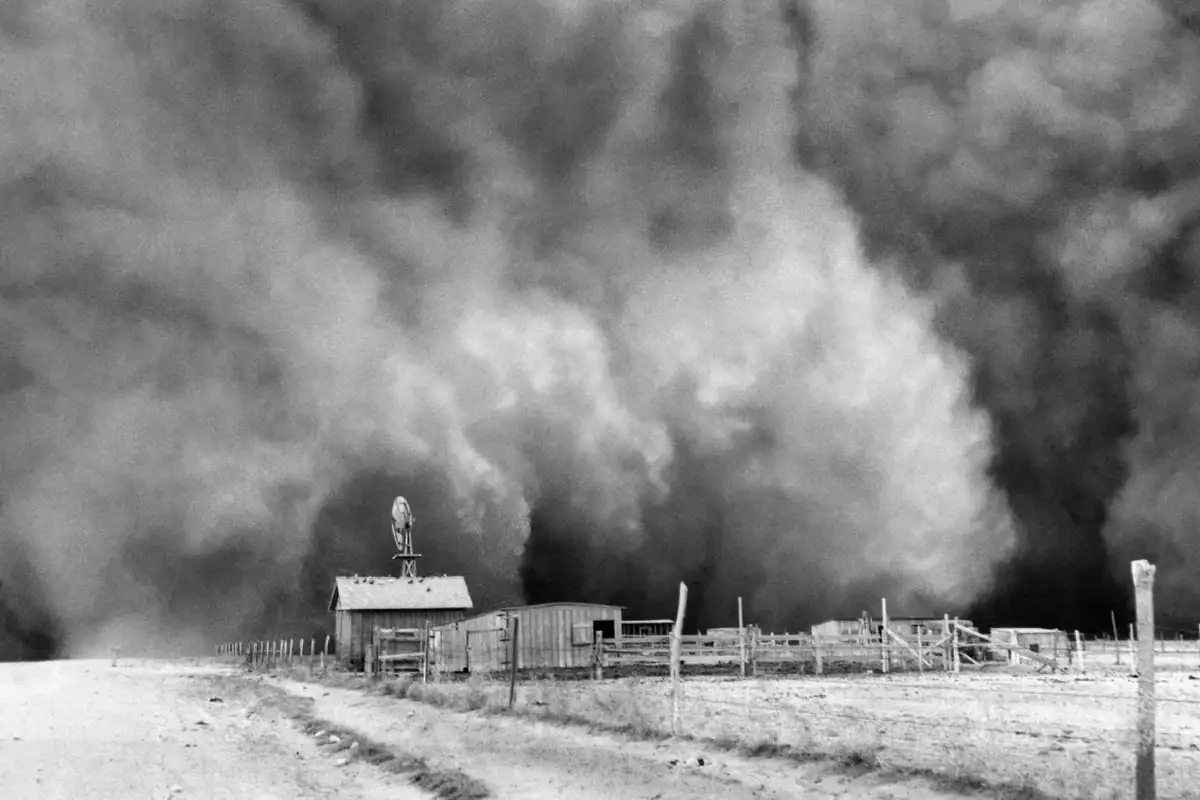
Advertisement
Repeal of Prohibition and the 21st Amendment
To help stimulate the economy, Roosevelt repealed Prohibition by eliminating the 21st Amendmentin 1933, making alcohol legal again. Prohibition, enacted in 1920 by President Warren Harding, had contributed to the rise of organized crime, particularly in major cities like Chicago and New York. The repeal allowed liquor manufacturers to open again in 1934, giving people a legal way to buy alcohol and helping to boost the economy as Americans welcomed the change.
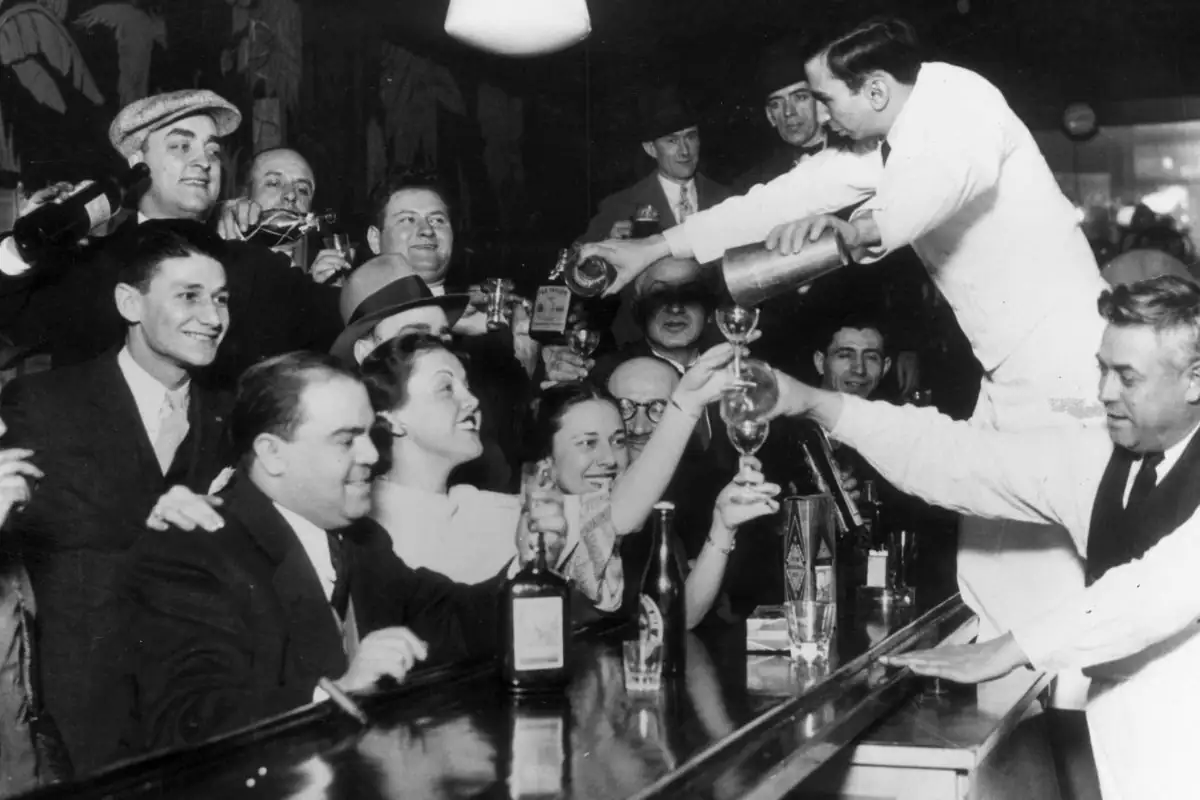
Advertisement
FDR’s Fireside Chats
One of FDR’s most famous approaches to rebuilding public confidence was through his radio addresses, known as Fireside Chats. During these talks, Roosevelt spoke directly to the American people, reassuring them during a time filled with uncertainty, joblessness, and fear. These chats became popular and helped restore trust in the government. FDR was re-elected in 1936, 1940, and 1944, making him the only president to serve four terms. He led the country out of isolationism and into victory in World War II, laying the groundwork for what would later become the United Nations. Sadly, Roosevelt passed away in April 1945 while still in office.
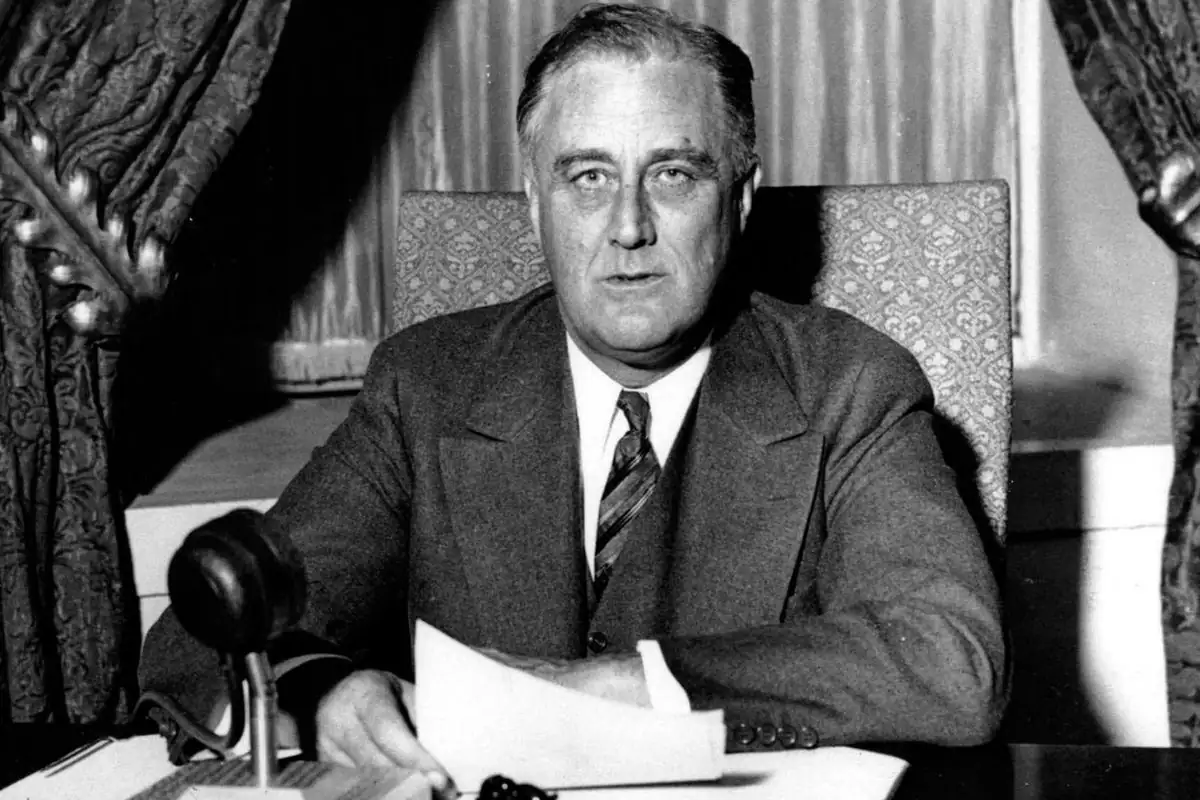
Advertisement
The New Deal’s Legacy
President Roosevelt is best remembered for the New Dealprograms that provided jobs and financial support to Americans during the Depression. Programs like the Social Security Administration, the Civil Works Administration, and the Civilian Conservation Corpshelped people who were struggling. While some New Deal programs were passed by Congress, others were established through executive orders. Historians believe that without these measures, unemployment could have soared to as high as 30% between 1932 and 1935.
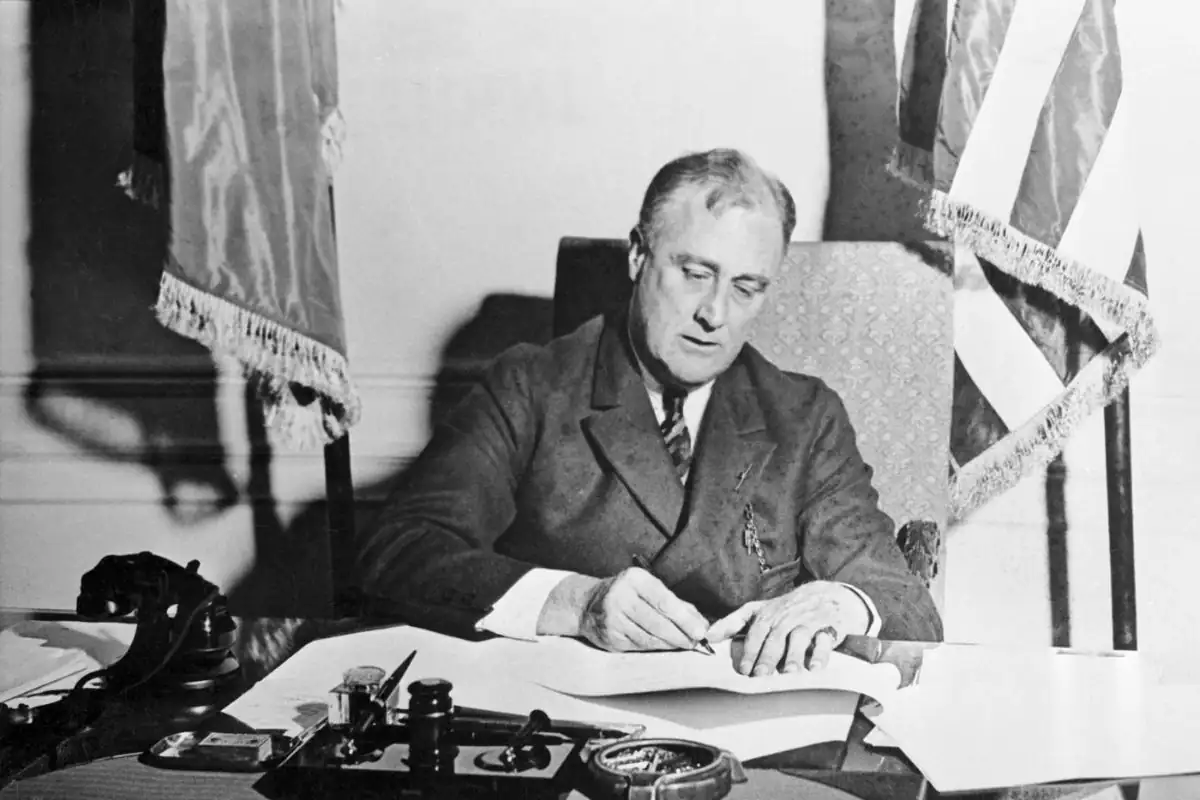
Advertisement
The U.S. Joins WWII: Japan’s Attack
Understanding how World War II helped end the Great Depression involves looking at Keynesian economics, a theory by economist John Maynard Keynes. He believed that a depressed economy recovers when demand for goods and services increases, leading to job growth as people are needed to produce those goods. When Japan attacked the U.S. in 1941, leading to America’s entry into WWII, government spending on military supplies skyrocketed. Between 1941 and 1943, government purchases from manufacturers quadrupled, boosting the economy and providing countless jobs to Americans.
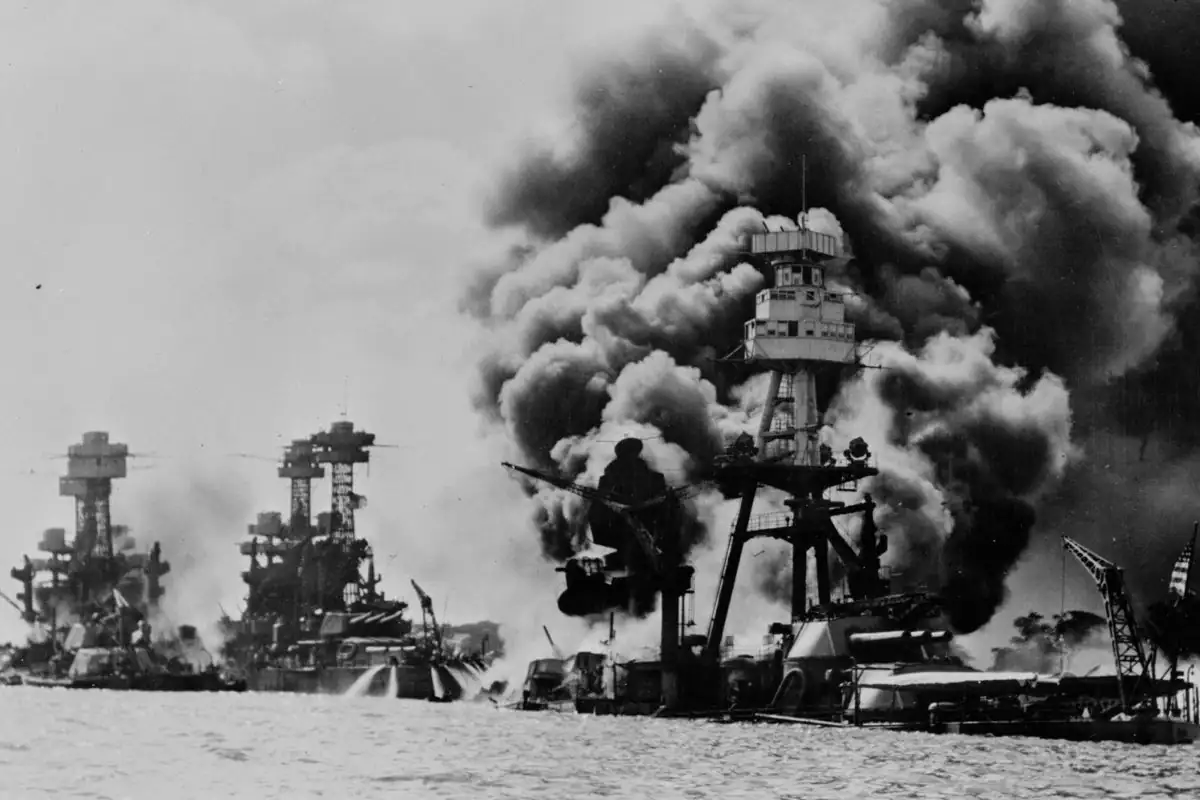
.png)




